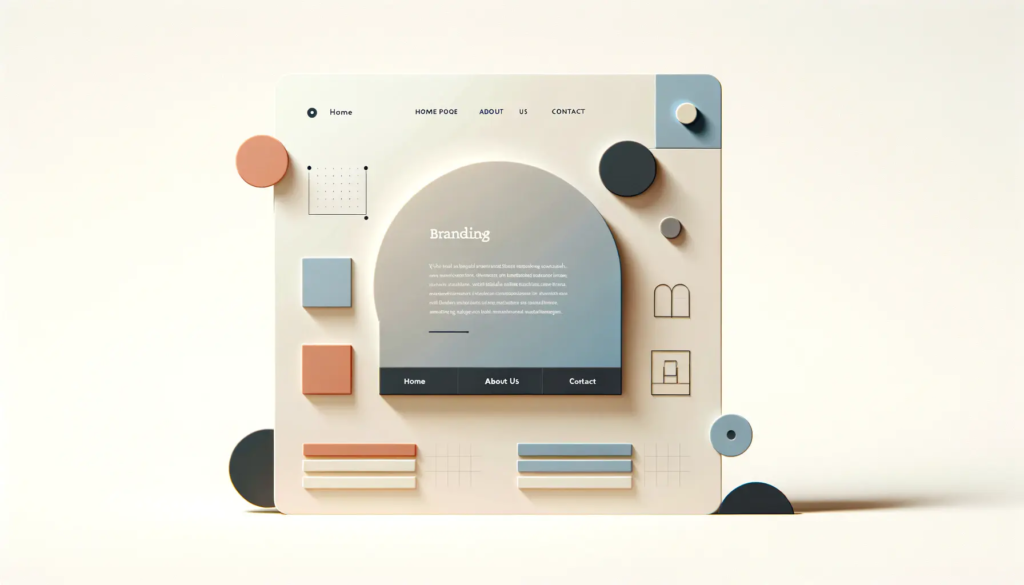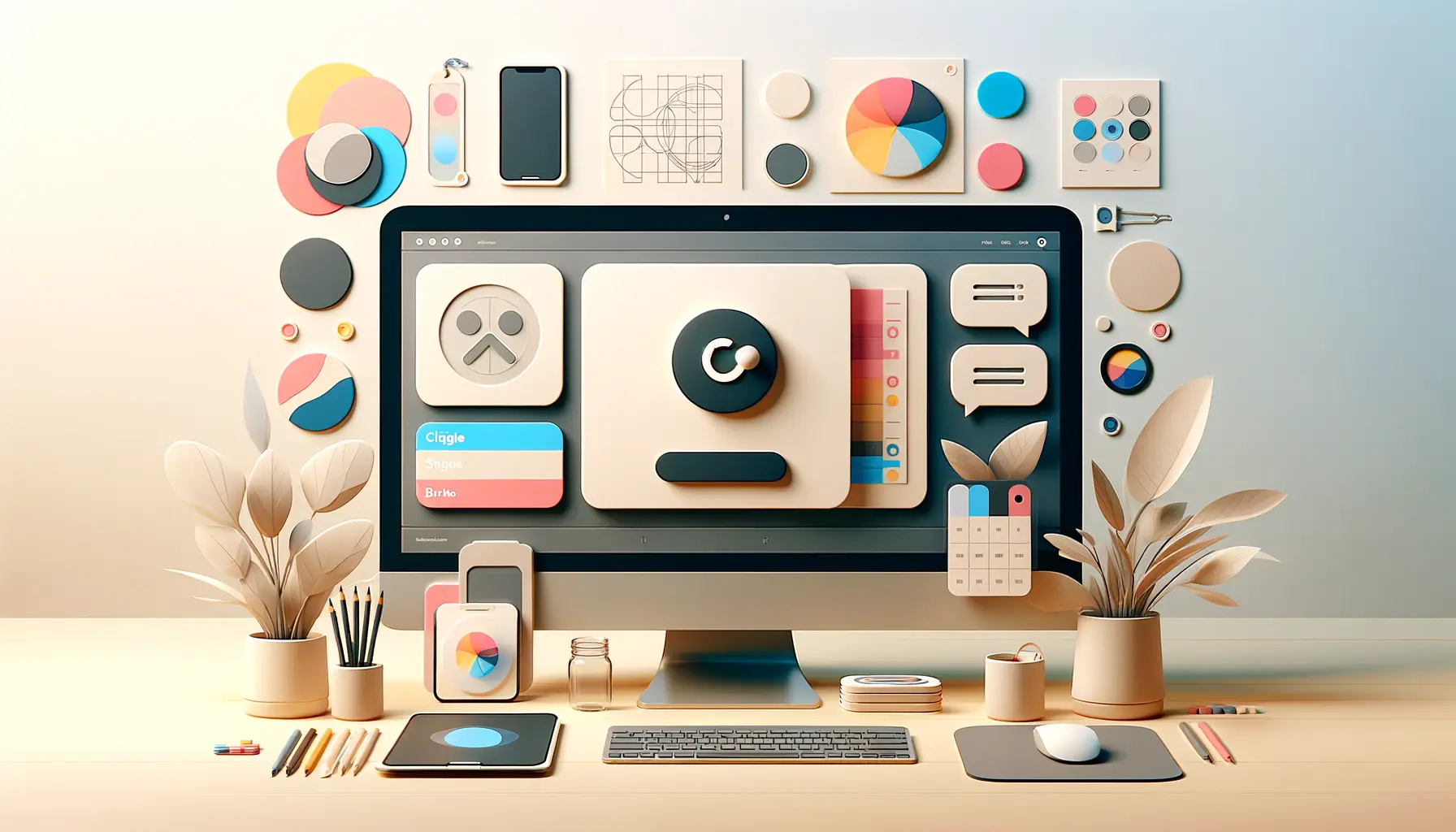
In the fast-paced digital world of 2025, where attention spans are short and competition is fierce, minimalist web design is making a bold statement: less is more. Brands are embracing simplicity, clarity, and elegance to stand out and leave a lasting impression. But how exactly does minimalist design enhance branding? Let’s explore.
Content Table
| S.no. | Content |
| 1 | The Power of Simplicity |
| 2 | Why Minimalism Works for Branding in 2025 |
| 3 | Elements of Successful Minimalist Web Branding |
| 4 | Case Studies: Minimalism in Action |
| 5 | Tips for Embracing Minimalism in Your Web Design |
| 6 | Final Thoughts: Less Is More |
The Power of Simplicity
Minimalist web design removes the unnecessary and highlights what truly matters. By using clean layouts, ample white space, and thoughtful typography, brands can convey their message without overwhelming the audience. The result? A seamless user experience where visitors can instantly understand who you are and what you stand for.
Minimalism isn’t about being plain—it’s about intentional design. Every element on the page serves a purpose, reinforcing brand values through subtle sophistication.
Why Minimalism Works for Branding in 2025
- Focus on Core Messaging: Minimalist design guides visitors’ attention to key messages and calls to action. With fewer distractions, brands can communicate their story clearly and confidently.
- Enhanced User Experience (UX): Sleek navigation, fast-loading pages, and intuitive design make browsing enjoyable. When users feel at ease, they’re more likely to trust and engage with a brand.
- Timeless Aesthetic Appeal: Trends come and go, but minimalism remains timeless. It ensures that your brand’s online presence doesn’t look outdated, projecting professionalism and consistency.
- Optimized for Mobile: With mobile browsing dominating in 2025, minimalist designs shine on smaller screens. Their streamlined nature means faster load times and better performance, improving SEO rankings and user retention.
Elements of Successful Minimalist Web Branding
- Strategic Use of White Space: White space isn’t wasted space. It allows content to breathe, directing the user’s focus and making the design look clean and organized.
- Bold Typography: Typography in minimalist design becomes a powerful branding tool. Unique fonts and thoughtful text hierarchy can convey personality and emotion, leaving a memorable impression.
- Limited Color Palettes: A few carefully chosen colors can speak volumes. Whether it’s monochrome for sophistication or bold accents for vibrancy, colors become part of the brand’s identity.
- Quality Over Quantity in Content: Minimalist sites use compelling microcopy, impactful headlines, and concise messaging to say more with less.
Case Studies: Minimalism in Action
- Apple: Apple’s website remains the gold standard for minimalist design. Its sleek interface focuses entirely on product visuals and essential information, reinforcing its image as an innovator of sophisticated technology.
- Airbnb: Airbnb uses minimalism to make their user journey effortless. With clean layouts, intuitive search functions, and strategic use of imagery, they create an experience that’s both personal and universal.
Tips for Embracing Minimalism in Your Web Design
- Prioritize Essential Content: Focus on what truly matters to your audience.
- Design with Purpose: Every visual element should have a clear reason for being there.
- Maintain Consistency: Use cohesive colors, fonts, and layouts across all pages.
- Test User Experience: Ensure that the design feels intuitive and engaging on all devices.
Final Thoughts: Less Is More
Minimalist web design is more than an aesthetic choice—it’s a branding powerhouse. In 2025, where digital experiences define brand perceptions, embracing minimalism allows brands to cut through the noise and connect meaningfully with their audience.
By focusing on clarity, functionality, and purpose, brands can create digital spaces that speak volumes with simplicity. After all, when it comes to effective branding, sometimes less truly is more.

